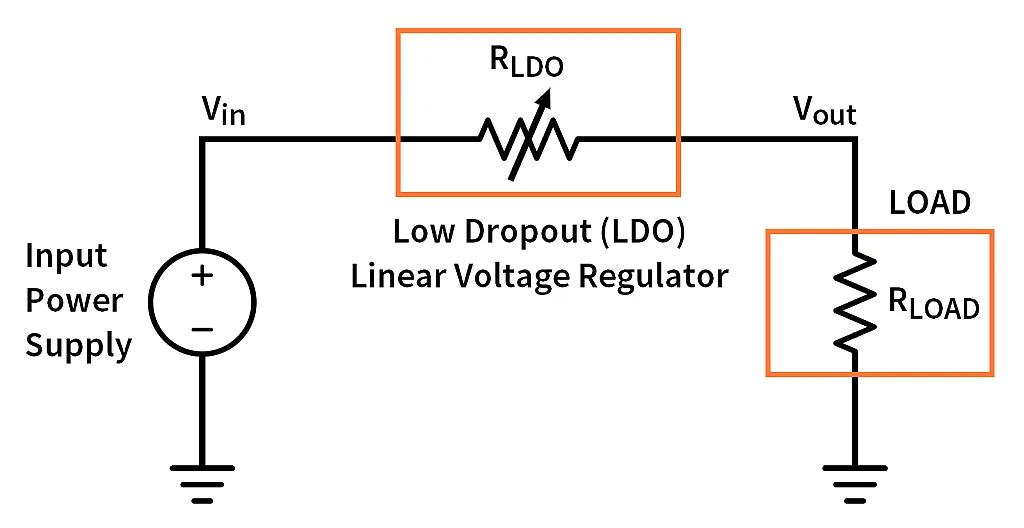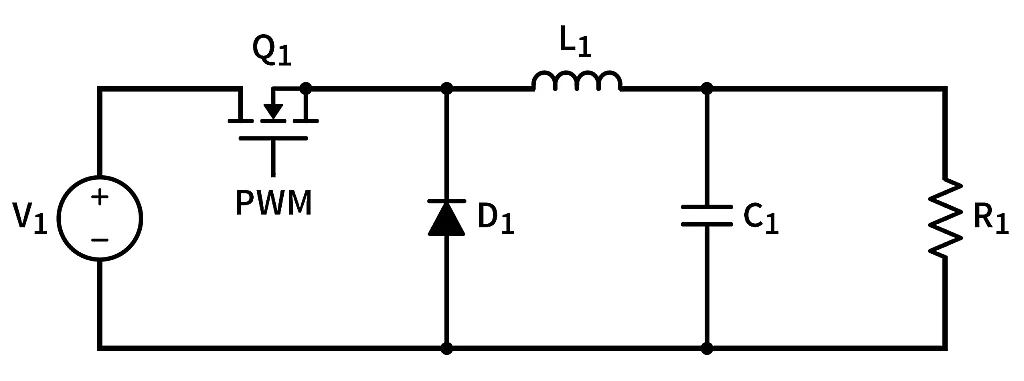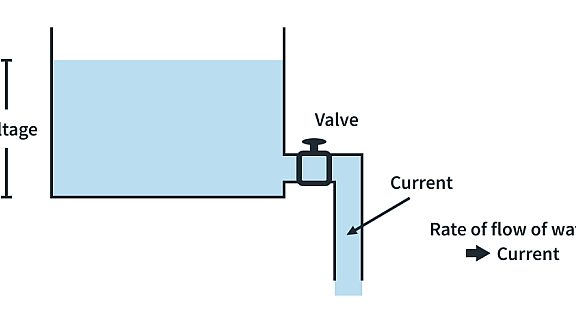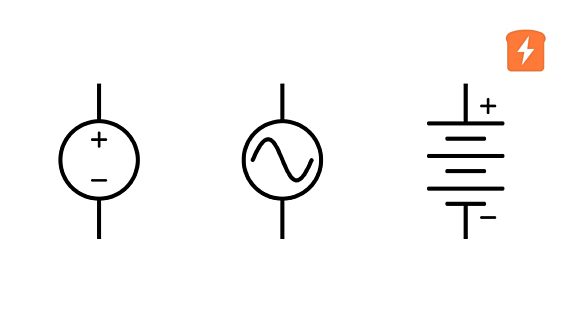To choose the appropriate regulator for specific applications, parameters such as the input voltage, required output voltage, maximum load current, size, efficiency and power rating need to be considered to maximize regulator characteristics.
LDO (Low Dropout) designs are simple and cost-effective, used to produce a regulated output voltage from a higher input voltage. LDO has a very low voltage drop across it when regulating the output voltage. This allows LDOs to regulate the output voltage when the difference between the output and the input voltage is very small. LDOs lower voltage by turning surplus power into heat and provide a steady, low-noise (as no switching takes place) DC output voltage.

Since the power not delivered to the load is lost as heat, an LDO is inefficient when Vin is much greater than Vout. An alternative, the switching converter, stores energy in an inductor’s magnetic field. It releases the energy to the load at a different voltage, and hence is highly efficient. Buck, or step-down converter provides lower voltage. Most systems with small power requirements use both buck and LDOs to achieve cost and efficiency objectives.

The LDO efficiency is given by,

where Iq is the quiescent current as indicated in the LDO’s specifications. For a Vin of 5V, the efficiency is less than 60% and so, for example, to get 3W, the input power must be over 5W, where ~2W is lost as heat. LDOs are less efficient than buck but for small power requirements or when there is a small difference between Vin and Vout (some tenths of a volt), they are the better option as they are cheaper, smaller, and simpler to implement with fewer components. For the buck regulator, power is lost to switching components and their impedances but efficiency is still high; 80% efficiency is easily achievable and it can be as high as 95%. A buck regulator is preferred if a lot of power is needed or if Vin is much larger than Vout (Vin >> Vout, e.g. from 10V to 1.5V) since thermal performance is not an issue in the operation of providing the desired (much lower) output. A buck converter circuit also tends to be more complex than LDO.
As for electrical noise, LDOs can reach a lower noise floor than buck converters. This is because buck converters (and other switching power supplies) use inductors that have the tendency to produce significant noise. Other things to consider in choosing a regulator are the size, Vin and Vout range, frequency, and PWM/PFM modes. In any case, the regulator should be capable of providing enough current to the load accurately.
Buck converters and LDOs have their own upsides and downsides. If efficiency is not your priority, heat is not a concern, the current necessary is very small, or Vin is only slightly higher than Vout, an LDO can be used. But, if efficiency and performance are your utmost concern even if it is more complex and likely to be more expensive, then a buck converter is the ideal choice.













